
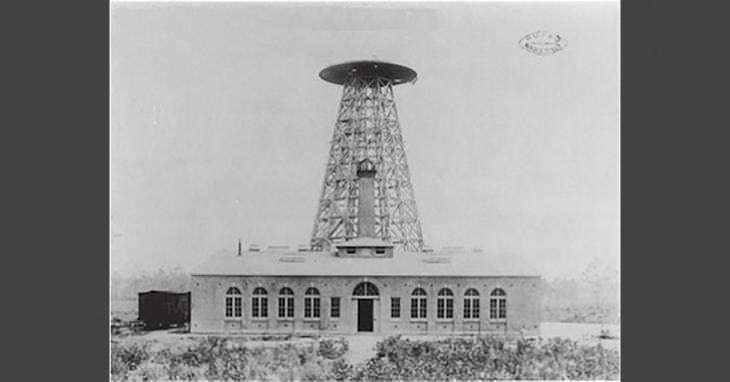
Source: Public Domain / Wikimedia Commons
Tesla is greatly associated with electricity and it should, therefore, come as no surprise that many of his patents are in the field of electrical generation and transmission. In fact, it is because of Tesla we have Alternating Current (AC), which has been used to wire much of the world with electrical power. What people don't know is that Tesla had also tried to build a tower that would transmit electricity through the air. He even got American Financier J.P. Morgan to finance the building of Wardenclyffe Tower on the North Shore of Long Island, which Tesla hoped to adapt to transmit electricity to New York. But, Morgan did not approve of the electricity transmission scheme and refused to fund the rest of the project. Consequently, Tesla had to abandon the project in 1906, tearing down Wardenclyffe Tower a decade later in 1917.
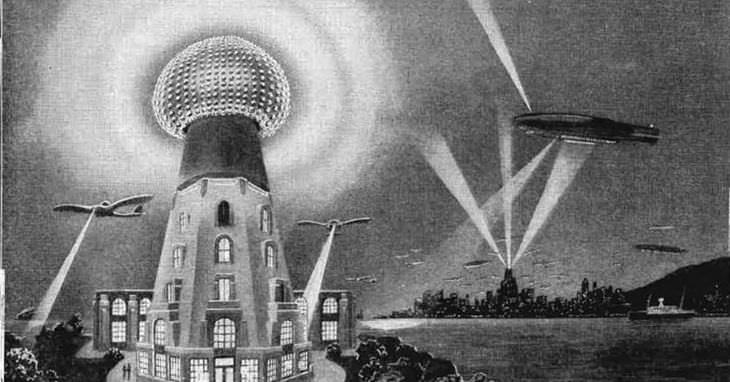
Source: Frank R. Paul [Public domain] / Wikimedia Commons
You might have thought that wireless charging of your phone was revolutionary. However, Nikola Tesla may not have been all that impressed with the idea. In 1919, Tesla described his idea for a supersonic airship powered entirely by wireless electrical transmission from ground-based towers that could fly 40,000 feet off the ground and fly 1,000 mph, making the trip from New York to London in under 4 hours.
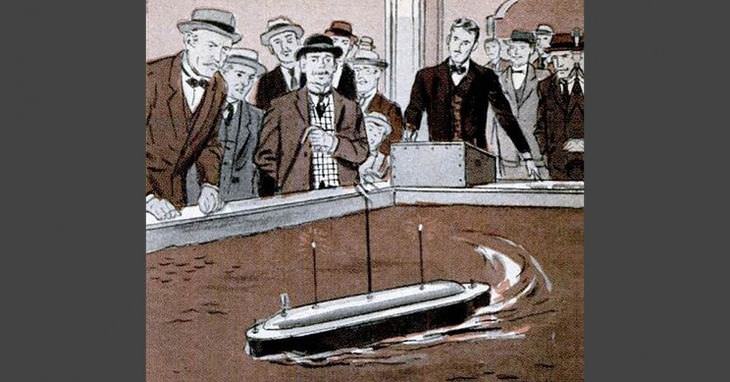
Source: Public Domain, via Engadget
Electricity may be Tesla's most well-known field, however, this wasn't the only area he worked in. Another major area of work for Tesla was military technology. Tesla believed that the best way to prevent war was to make it either utterly pointless or so catastrophic for the participants that no one would be mad to go to war again. So, keeping this in mind, Tesla invented a small boat that he could start, stop, and steer with radio signals. He had hoped that by removing humans from the equation, “battleships will cease to be built and the most tremendous artillery afloat will be of no more use than so much scrap iron.”
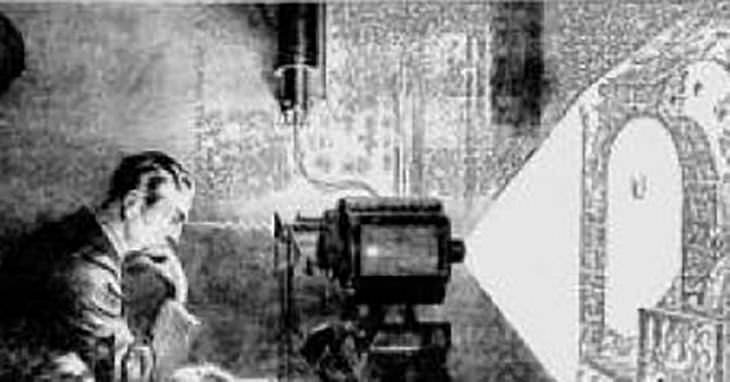
Source: Public Domain, via Disclose.tv
One of Tesla's most outlandish ideas was that it would be possible to photograph one's thoughts. In 1933, he told reporters at the Kansas City Journal Post, “In 1893, while engaged in certain investigations, I became convinced that a definite image formed in thought, must by reflex action, produce a corresponding image on the retina, which might be read by a suitable apparatus. Now if it is true that a thought reflects an image on the retina, it is a mere question of illuminating the same property and taking photographs and then using the ordinary methods which are available to project the image on a screen. If this can be done successfully, then the objects imagined by a person would be clearly reflected on the screen as they are formed, and in this way, every thought of the individual could be read. Our minds would then, indeed, be like open books.”
Of course, this is not how thought processes work, but there is still much we don't know about the biological mechanism of human thought and consciousness. So, we cannot say for certain that Tesla wasn't on to something. Perhaps technology will be able to produce something like this in the next 50 years.
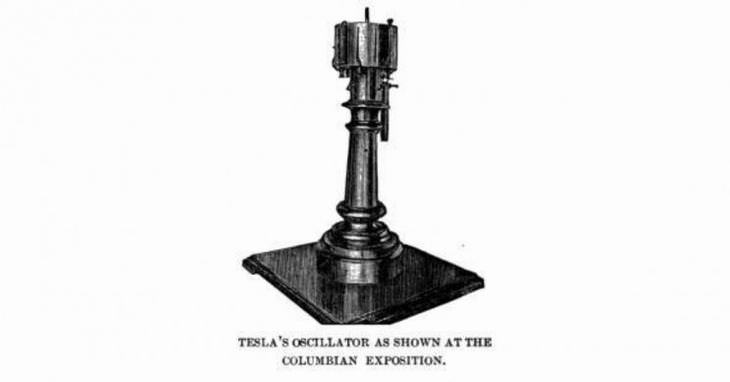
Source: Charles Henry Cochrane [Public Domain] / Wikimedia Commons
Tesla was granted a patent for his steam-powered mechanical oscillator in 1893. Its vibration could be utilized to generate electricity. He later told reporters that while calibrating this machine for an experiment, it began to shake his laboratory in New York City so violently, it almost brought the building down. “Suddenly all the heavy machinery in the place was flying around. I grabbed a hammer and broke the machine,” he said. “The building would have been down about our ears in another few minutes. Outside in the street, there was pandemonium. The police and ambulances arrived. I told my assistants to say nothing. We told the police it must have been an earthquake. That's all they ever knew about it.”
This had given Tesla the inspiration for his telegeodynamic oscillator, or an earthquake machine, which could be used by scientists to discover the geological properties of the Earth, as well as for engineers and prospectors to locate mineral and metal ore deposits underground. He never did get to build his earthquake machine, but scientists and engineers use the same principle to do just as Tesla imagined.

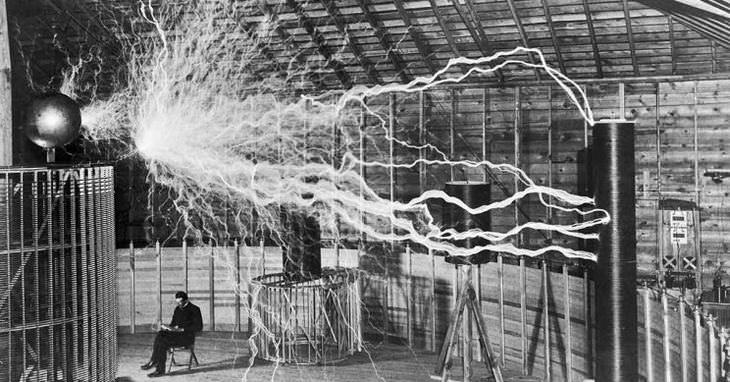
Source: Wellcome Collection [CC BY], Edited by John Loeffler for Interesting Engineering
Also known as the Peace Ray. Tesla believed that by accelerating mercury isotopes to 48 times the speed of sound, the resulting beam would produce enough energy to destroy entire armies at a distance limited only by the curvature of the Earth. Tesla had apparently tried to sell the idea to several governments in the years before his death, including the United States. The Soviet Union was the only one to experiment with it, though it never produced the kind of results Tesla hoped. Probably a good thing, all things considered!
Related Articles:
These Mysteries Puzzled Us Forever, But Science Solved Them
12 Natural Phenomena Scientists Can’t Explain